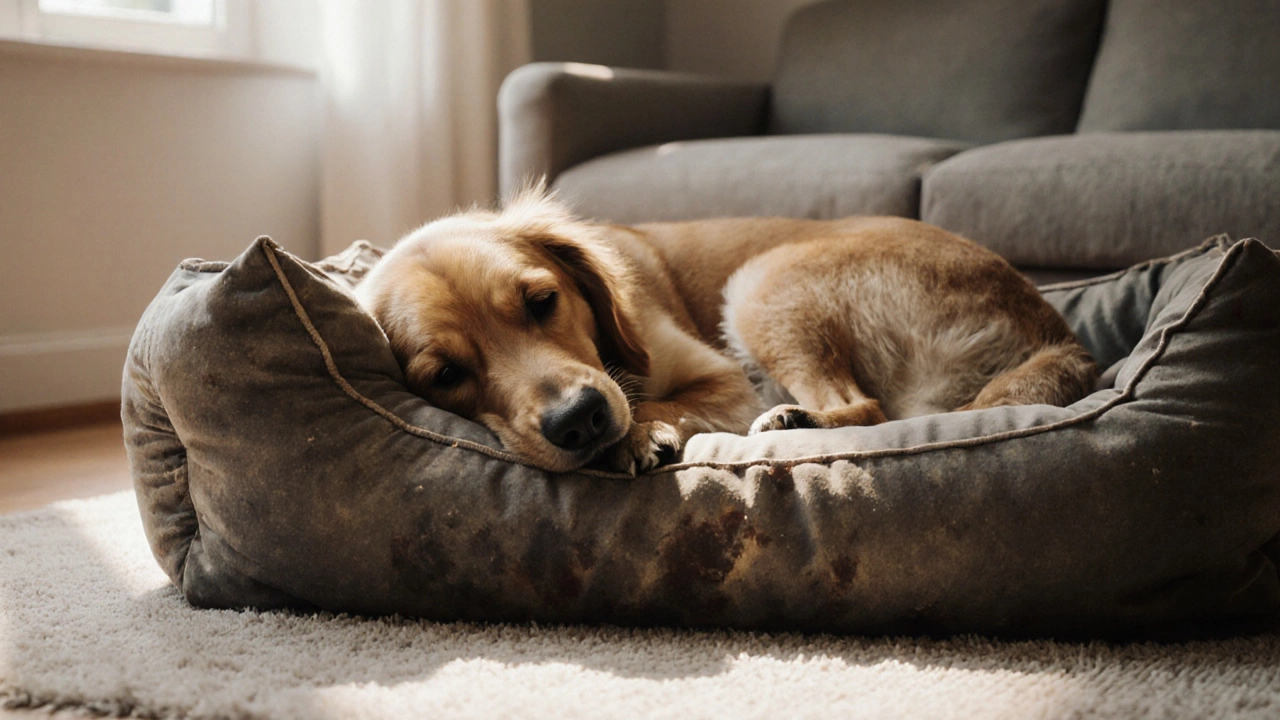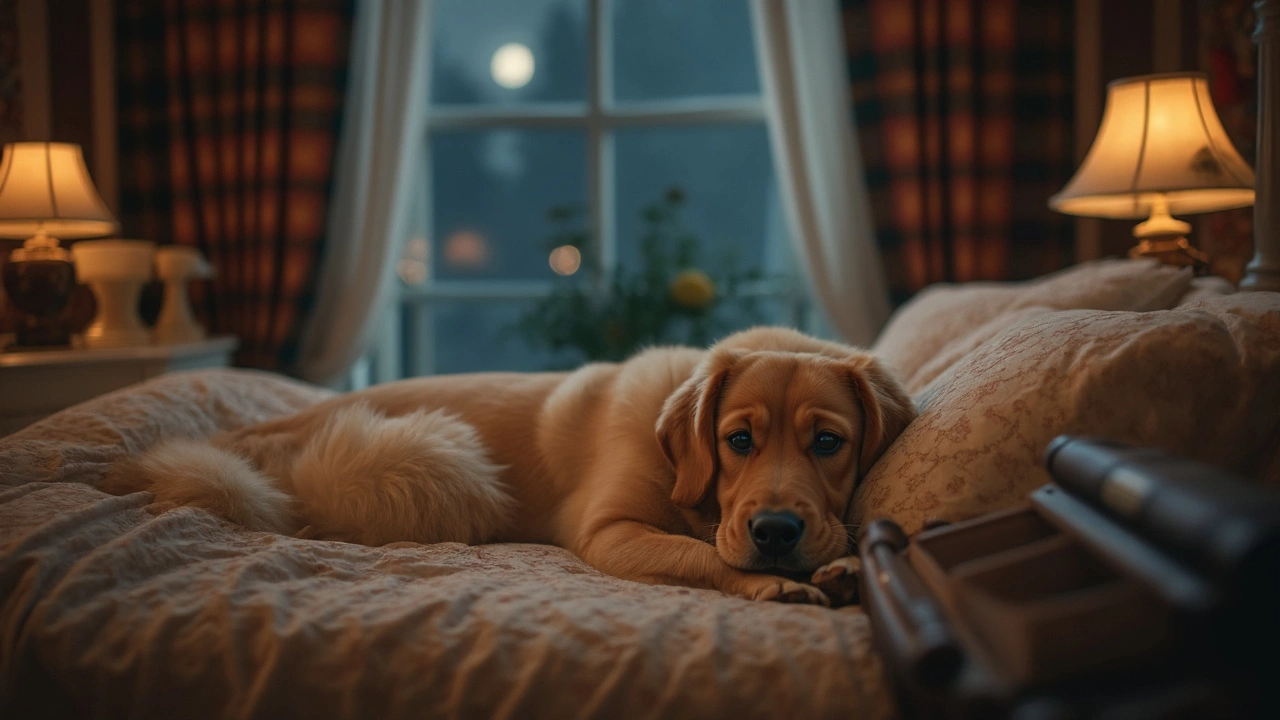Dog Sleep Tips: Nighttime Comfort and Routine
Getting your dog to sleep well isn’t magic – it’s about a few simple habits. A calm pup means a happy home, and most owners can fix sleep problems with the right gear and a consistent routine. Below you’ll find easy steps you can start today.
Choosing the Right Nighttime Gear
First, think about what your dog wears while it snoozes. Many owners wonder if they should take the collar off at night. If the collar has a tag that could snag or a tight buckle, removing it is a safe move. For dogs that wear a light harness for medical reasons, keep it loose enough to let the ribcage expand. A soft, breathable collar made from fabric works better than a metal chain when your dog lies down for hours.
Another gear piece is the sleep surface. A dog bed in every room sounds overkill, but placing a favorite bed in the room where you spend most evenings helps your dog feel secure. Look for a bed with a removable cover you can wash, and a supportive base that doesn’t flatten when the pup rolls over.
Creating a Calm Bedtime Environment
Dogs pick up on the vibe of the house. If the evening is noisy or the lights stay bright, they’ll stay alert. Dim the lights an hour before bedtime and turn off the TV. A short walk or a gentle play session right after dinner can burn off excess energy, making it easier for them to settle.
Consistency is key. Try to put your dog to bed at the same time each night. Use a cue word like “sleep” or “down” followed by a treat or a gentle pat. Over time the cue becomes a signal that it’s time to rest.
If your pup wakes up and whines, resist the urge to jump in right away. Give a calm voice and a quick pat, then walk away. Too much attention can reinforce the wake‑up habit. Instead, keep the routine short and quiet.
For puppies, especially those under ten weeks, expect a few night-time bathroom breaks. Crate training with a comfortable blanket helps them learn to hold it longer. Place the crate near your bedroom so you can hear any whines and respond quickly – this builds trust and speeds up the learning curve.
Temperature matters too. Most dogs are comfortable at around 68‑72°F (20‑22°C). If it’s colder, add a blanket; if it’s hotter, choose a bed with breathable mesh. A cool surface can prevent restless tossing.
Finally, watch the food schedule. Feeding a large meal right before bedtime can cause discomfort and make the dog stir. Aim for the last meal at least two hours before sleep, with a small snack if the vet recommends it.
Putting these tips into practice will give your dog a smoother night and give you more quiet evenings. Remember: a happy dog sleeps well, and a well‑rested dog makes every day better for you both.

How to Tell If Your Dog Needs a New Bed - Signs & Tips
Learn the clear signs your dog needs a new bed, from visible wear to restless sleep, and get practical tips for choosing the right replacement.
View more
Why Dogs Choose Your Bed Over Their Own
Ever wonder why your dog prefers snuggling in your bed instead of its own cozy space? Discover the reasons behind this adorable habit and what it says about your furry friend’s behavior. Explore how companionship, anxiety, and warmth play a role in your dog's bedtime choices. Get handy tips on creating a perfect sleeping environment for your pet. Understand your dog’s needs while keeping your own comfort in check.
View more